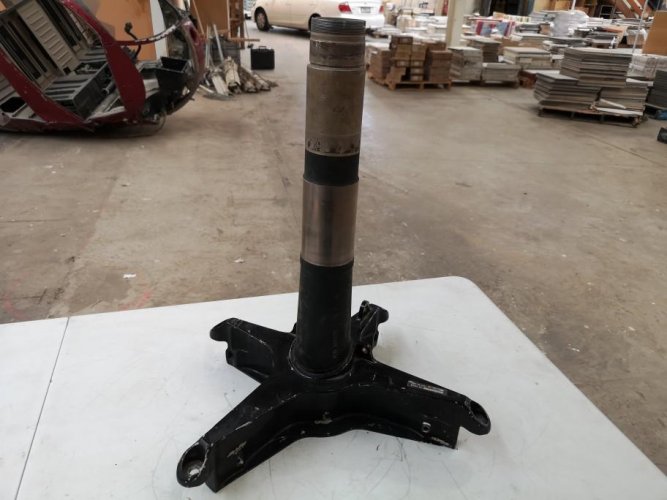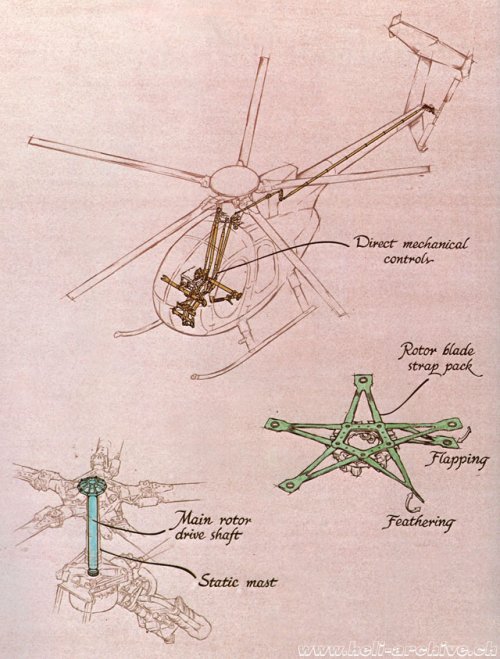
Helicopter crashes in Hudson River in New York City, all 6 on board killed: Sources
A helicopter crashed in the Hudson River in New York City on Thursday afternoon, according to the New York Police Department.
Regards,


I am curious about the exact chain of events that might cause a gearbox failure leading to rotor separation - post seizing up angular momentum resulting in torque overload for the rotor shaft?Gearbox failure similar to the issues around the Super Puma in the North Sea and Norway? Both Bond Flight 85N and CHC Flight 241 had inflight rotor separation



I am curious about the exact chain of events that might cause a gearbox failure leading to rotor separation
I appreciate your thoughts and insights, and your speculation may well be correct, but I reserve my final conclusion to the issuing of the official accident report by the authorities.This is what happened in regards to the Super Puma incident years ago.
Firstly, the second stage planetary gear had subsurface cracks, it fractured, and chain of events were started.
This caused a failure of a second stage planet gear.
This in turn fractured the rim of the gear, which caused cracks it the gearbox and the rotor head separated.
No speculation.
I offered my thoughts regarding the NYC crash and clearly stated they were my thoughts.
Regards,
No, I think he's referring to this crash of a Bell 206. Which has a very different rotor and mast design.Hang on you still think there is speculation regarding the last Super Puma crash in 2016?
I am lost?
Regards,
You are indeedHang on you still think there is speculation regarding the last Super Puma crash in 2016?
I am lost?
Regards,

Unlikely, because there's a freewheel clutch between the engine and main rotor gearbox on a Jetranger.Upon further thought I think it was a tail rotor, gearbox failure/seizure which then induced violent yaw due to the rotor head torque on the fuselage.
The tail boon and vertical fin would then have the force of 200+ kph wind hitting it sideways as that is the approx. cruise speed, that would exceed its braking point.
Same with the front section, was going into the wind and then suddenly sideways and mass deceleration occurred.
Mass and inertia of the rotor head would have juts ripped the head possibly retransmission out at the same time.
Just a thought.
Which is completely irrelevant to a crash involving a Bell 206, which has a Huey-type two-bladed teetering rotor.I then added my thoughts on the best design rotorhead in my opinion, the Hughes 369 and Apache due to their static masts.
On Heinz-Joachim NeubürgerCan the members in the States verify these allegations?

That is not consistent with the way the helo came apart.The Jesus nut was loose.
Yes it is an old design. That needs about 40% fewer parts than a 2-bladed rotor that isn't a teetering design. Fewer things to maintain, fewer points of failure, cheaper to make. There's a reason the Apache X rotor is a pair of teetering hubs in a stack, rather than a single 4-bladed hub!Never a good thing to say a "much simpler rotor design" for a rotor head.
It is an old head design going back to the 1940's.

